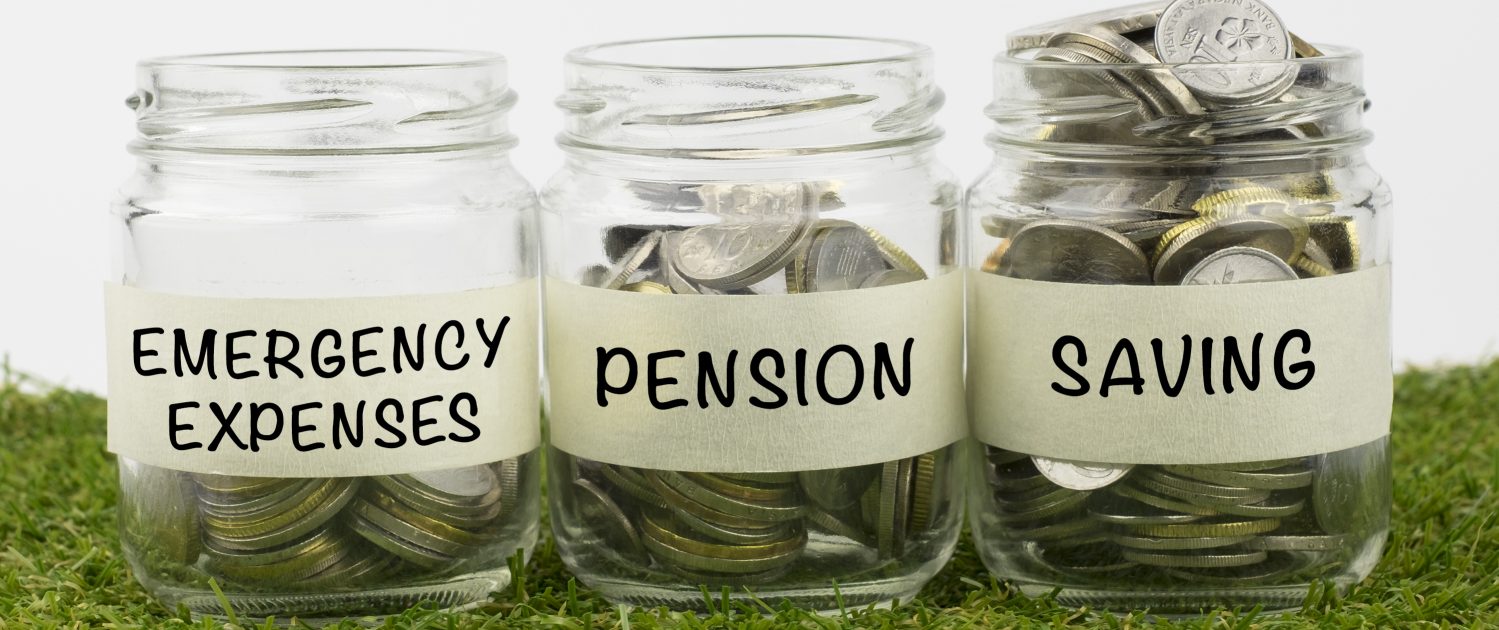If you’re ready to start saving more money, then it’s time to learn how to use a zero-based budget. Zero-based budgeting is a simple way of tracking your spending and finding ways to cut costs. But what does “zero-based” mean? In a nutshell, it refers to starting over from scratch each month or quarter with your finances. Most people pay the same amount each month for things like rent, food, utilities and other recurring expenses. In contrast, zero based budgeting means that you’ll make decisions about how much money you want or need for these items every single month or quarter instead of assuming one amount will work for all months/quarters in the future. If you’ve been wondering how people manage their money well enough to save up for big purchases like cars or houses—and keep those savings growing over time—then this article is just what you need!
Why is zero-based budgeting important?
Zero-based budgeting is a way to save more money. It forces you to be honest about your spending habits, and it allows you to see where your money is going. In addition, zero-based budgeting helps prioritize spending so that the most important things are being paid for first.
What is zero-based budgeting? A zero-based budget starts with nothing. You make all new calculations each month or year based on what has already been spent during that period of time; this means that even though there may be leftover funds from previous months’ budgets, they do not carry over into next month’s plan unless they have been specifically set aside for future use (such as savings).
How to set up a zero-based budget.
- Set a budget and stick to it
- Allocate a specific amount of money to each category
- What is a category?
- How do you decide how much to allocate to each category?
- What happens if I don’t have enough money for something?
How to save money with a zero-based budget.
You can start by setting a goal. This can be anything from saving for retirement to paying off debt, but it should be something you want to achieve in the next few years. Next, make a list of all your expenses and look for places where you could cut costs or increase income. For example:
You could cut back on eating out by cooking more meals at home; this will save money and give you more time with family members who might otherwise be eating alone while working parents are away from home during their lunch break! Or maybe there’s an activity that one person does every week (like going to yoga) that no one else really enjoys doing — so why not ask him/her if he would mind sharing? And if everyone agrees it would be easier on everyone involved if they shared similar activities instead?
What are the benefits of zero-based budgeting?
There are many benefits to using zero-based budgeting. First, it allows you to save more money. When you create a new budget each year and begin from scratch, there’s no need to keep track of previous expenses and how much they cost. You can simply allocate funds as needed without worrying about past spending habits or unexpected expenses that may have popped up during the year.
Second, using this method helps ensure better decision-making in regard to your finances because it forces people who use it (like yourself) to think through all possible scenarios before making any purchases or committing resources towards something new–even if those things seem like good ideas at first glance! This will help prevent unnecessary purchases later down the line when maybe they’re not as necessary after all? This can also help with being more efficient since often times people spend more money than necessary simply because they weren’t aware what was happening around them at any given time during their spending process.”
If you’re ready to start saving more money, then it’s time to learn how to use a zero-based budget.
A zero-based budget is a way of setting up your finances so that every expense has to be justified and re-justified. If you want to buy something, then it needs to be justified as an expense. This can be really hard for some people because they’ve gotten used to spending money without thinking about where the money came from or where it’s going.
If you’re ready for this change in habit and are ready for some serious saving, then let’s get started! Here are some tips:
- Set up a spreadsheet with all of your monthly expenses on one tab and income on another tab (or use whatever system works best). Make sure everything is categorized into categories like rent/mortgage payments, car payments, utilities (electricity bills), groceries etc., so that at any given time you know exactly how much money remains after each category has been paid off every month.*
Phew! That was a lot of information. But don’t worry, we’ve got you covered. In the next section of this post, we’ll walk through how to set up your own zero-based budget and start saving money right away.





